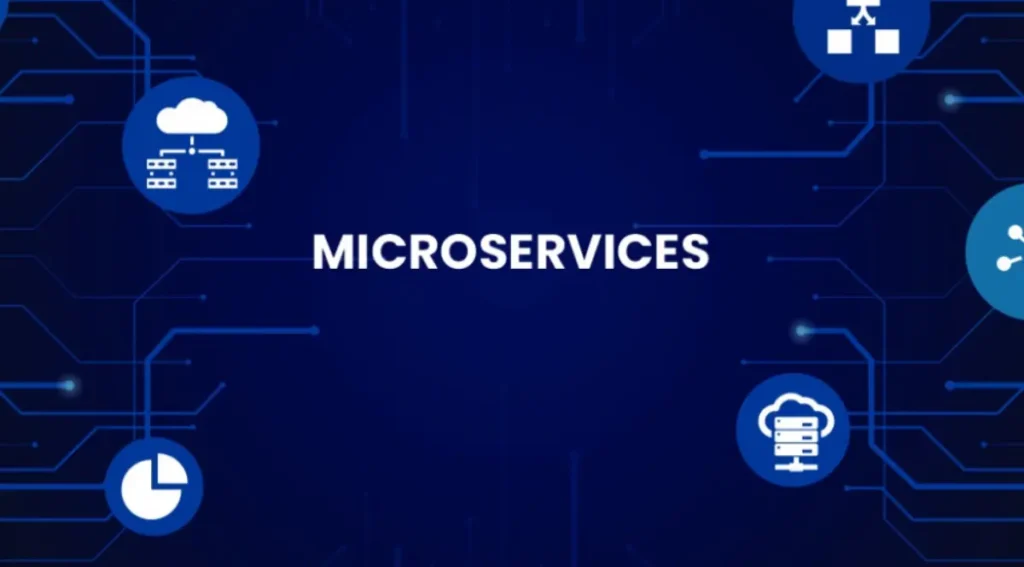Microservices Architecture
Transform your legacy or monolithic systems into agile, cloud-native microservices that enable faster innovation, scalability, and resilience.
Our Expertise
✔ Domain-Driven Design: We build independent services with their own logic, datastore, and API for flexible, fast-paced development.
✔ Event-Driven Systems: Real-time data flow using Kafka, message queues, and distributed caching for fault tolerance and high performance.
✔ Cloud-Native Deployment: Containerized with Docker, orchestrated via Kubernetes, and hosted on AWS or Azure for effortless scalability.
✔ Automation & Observability: Full CI/CD pipelines, automated testing, and advanced monitoring for seamless delivery and system reliability.
Why Choose OKRUTI?
- Scalable: Expand seamlessly as your business grows — no limits, no waste.
- Resilient: Built for reliability, so even if one part stumbles, your whole system stays strong.
- Agile: Move faster, innovate quicker, and deliver continuous value with fewer dependencies.
- Tech Freedom: Use the best tools for every job — no lock-ins, just smart choices.
- Future-Ready: Cloud-native, event-driven, and designed to evolve with tomorrow’s technology.

Microservices Architecture
Scalability & Resilience – Non-dependent service deployment
API-Driven Communication – REST, gRPC, and message queues
Event-Driven Processing – Kafka, AWS SQS, and event sourcing
Cloud-Native Deployment – Kubernetes, Docker, AWS, and Azure
CI/CD & Automation – Quicker Release and Continuous Monitoring
FAQs
- Differences and Advantages between Microservices and Monolithic Architecture?
Microservices scale better, isolate unique failure modes better, are easier to deploy multiple times, support shorter development cycles, and allow a variation of technologies across the architecture. - What Communication Channels are Available Between Microservices?
Services interface with each other by notify and invoke REST APIs, gRPC, message queues such as (Kafka, AWS SQS, IBM MQ), and event-driven architecture for utmost integration. - Challenges Associated with the Adoption of Microservices?
Those include challenges with the orchestration of services, data consistency, monitoring, security, and communication management, which all require advanced DevOps. - What Techniques do Microservices Apply for Scalability?
Microservices apply load balancing, Kubernetes/Docker orchestration, and distributed caching (Redis, GridGain) for horizontal scalability depending on traffic needs. - What are the common environments of microservices development and delivery?
Spring Boot, Node.js, Kubernetes, Docker, API Gateway, Redis, Kafka, AWS/Azure services, and CI/CD pipelines are some common tools used for microservices development.
